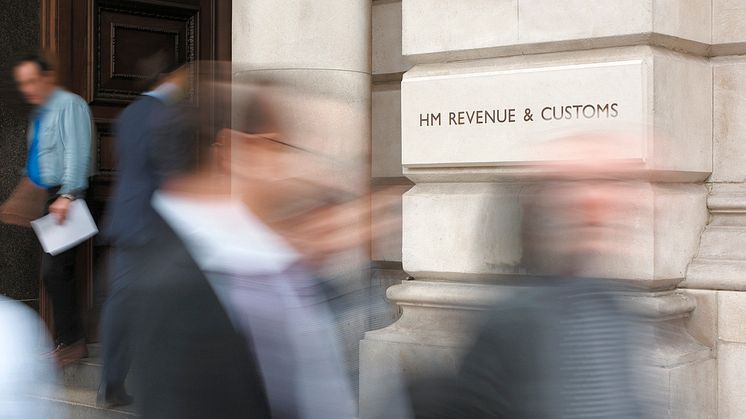
Press release -
Taxman seizes more than £2 billion from tax avoidance scheme users
New statistics reveal that HMRC has collected more than £2 billion in disputed tax from tax avoiders, under rules introduced by the government in 2014.
The new Accelerated Payments notices mean that users of tax avoidance schemes pay disputed tax up-front while their tax-affairs are investigated, instead of waiting until they are concluded. Given HMRC wins 80% of cases that go to court, this eliminates the financial advantage that tax avoiders previously enjoyed.
Financial Secretary to the Treasury, David Gauke said:
“We will not tolerate tax avoidance and Accelerated Payments has been a real game changer.
“HMRC already wins the vast majority of cases that go to court and now HMRC has taken more than £2 billion from tax-avoiders who would have otherwise benefitted from that cash while they were being investigated.
“It should be absolutely clear to anyone who is tempted by these schemes that tax-avoidance does not pay.”
Jennie Granger, Director General for Enforcement and Compliance, HMRC, said:
“Accelerated Payments continue to turn the tables on individuals looking to avoid paying their fair share of tax. Those who take part in tax avoidance now have to pay up-front and dispute later. It really is time to get out of avoidance – HMRC wins the vast majority of cases that people litigate, with many more settling before litigation.”
HMRC is now issuing over 3,000 Accelerated Payment Notices a month, and has issued over 41,000 notices since Accelerated Payments were introduced. By the end of 2016, HMRC expects to have completed issuing notices, bringing forward over £5 billion in payments for the Exchequer by March 2020.
Notes for Editors
1. Accelerated payments were introduced in the Finance Act 2014 and National Insurance Contributions Act 2015.
2. They apply where avoidance schemes are subject to the Disclosure of Tax Avoidance Schemes rules or the General Anti-Abuse Rule, or where they are similar to a scheme that’s already been defeated in the courts.
3. An accelerated payment notice is issued to the taxpayer to collect the outstanding tax. Once they receive the notice, they have 90 days to pay or make representations to HMRC if they consider the notice is incorrect – either if the conditions are not met or the amount is wrong.
4. Taxpayers retain full appeal rights against the substantive tax liability. If the case is taken to litigation and the taxpayer ultimately wins, HMRC will repay the tax with interest.
5. Anyone wishing to settle an avoidance issue should contact HMRC immediately on 03000 530435.
6. Our earlier press release can be seen https://www.gov.uk/government/news/taxman-seizes-more-than-2-billion-from-tax-avoidance-scheme-users
7. Follow HMRC Press Office on Twitter @HMRCpressoffice
8. HMRC's Flickr channel: http://www.flickr.com/hmrc.gov.uk.
Related links
Topics
Categories
Issued by HM Revenue & Customs Press Office
HM Revenue & Customs (HMRC) is the UK’s tax authority.
HMRC is responsible for making sure that the money is available to fund the UK’s public services and for helping families and individuals with targeted financial support.


